Welcome back, knitters! 🧶 If you’re new here, I’m Fariba, and I love sharing fun and easy knitting tutorials. In my previous lessons, I covered the basics of one-color and two-color brioche knitting, both flat and in the round. If you haven’t watched those yet, I recommend checking them out first, as we won’t be going over the basic brioche stitch pattern again.
What You’ll Learn in This Tutorial
In this session, I’m introducing brioche increases and decreases—the key techniques behind beautiful, scrolling brioche patterns. These shaping methods allow you to create stunning, organic designs with depth and texture.
Key Techniques Covered:
✅ Right-leaning and left-leaning brioche decreases – also known as BrRsl Dec and BrLsl Dec
✅ How to strategically place increases for smooth, flowing patterns
✅ Working in both flat and circular knitting for seamless designs
✅ Pro tips to balance increases and decreases for a well-structured fabric
A Look at the Technique
For this demonstration, I’ve created a simple design to illustrate how these techniques work:
- The right-leaning decrease (BrRsl Dec) is created by knitting two stitches together and then slipping another stitch over.
- The left-leaning decrease (BrLsl Dec) follows a similar process but is worked in the opposite direction.
- Increases are worked by knitting into the same stitch multiple times, creating additional stitches while maintaining the brioche structure.
💡 Pro Tip: In brioche knitting, increases and decreases don’t always have to be placed in the same row. Thanks to its stretchy nature, brioche fabric holds its shape beautifully even when shaping is spaced across multiple rows.
Brioche in the Round: A Hat Example
To demonstrate how these techniques come together in a real project, I’ve also knitted a brioche hat with elegant traveling lines.
- I worked a 7 cm straight brioche section before starting the decreases.
- Decreases were spaced out across every 5 lines (or every 10 stitches), but adjusting them to 6 lines might have created a more symmetrical effect.
- The increases and decreases don’t always perfectly balance out, yet the flexibility of brioche allows for beautiful, organic results!
Watch the Full Tutorial!
For a step-by-step breakdown of these techniques, watch my full tutorial here:
I hope you enjoy exploring brioche shaping and feel inspired to try it in your own projects! If you have any questions, feel free to ask—I’d be happy to help. And if you create something using these techniques, I’d love to see your work! Tag me or share your projects.
Happy knitting! 🧶✨
#BriocheKnitting #KnittingTechniques #KnittingTutorial #KnitWithFariba #HandmadeWithLove #KnittersOfInstagram
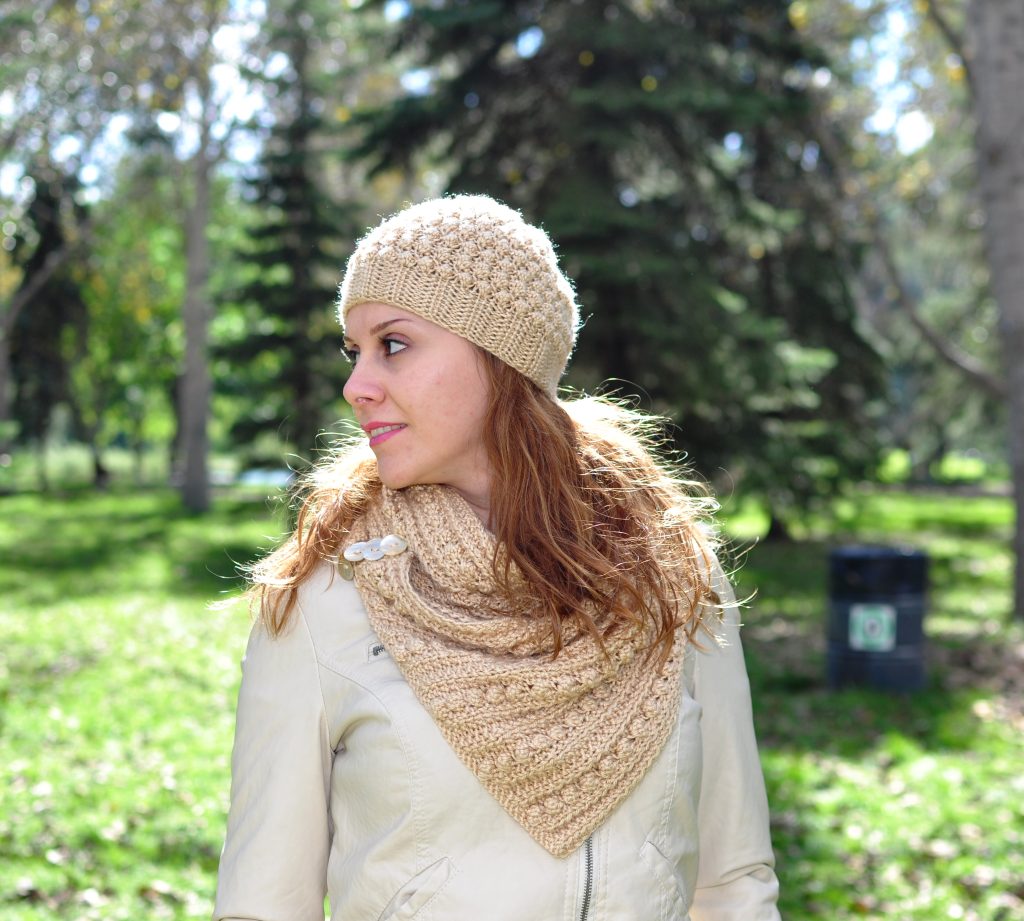
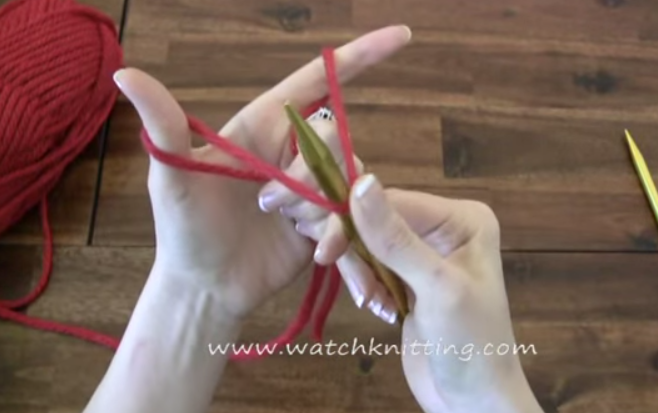
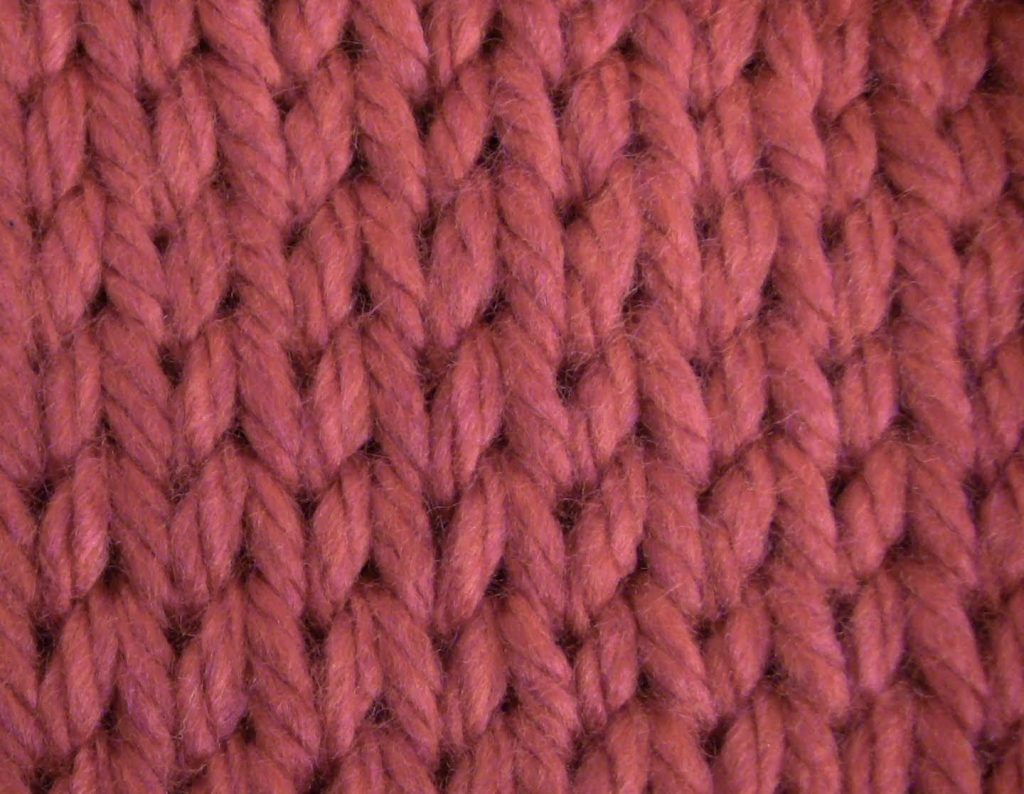
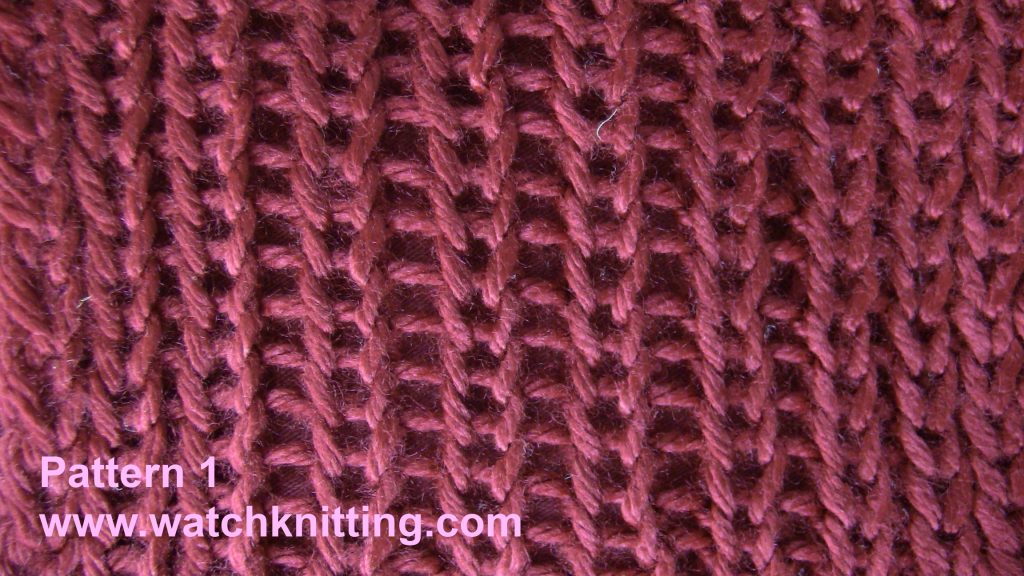
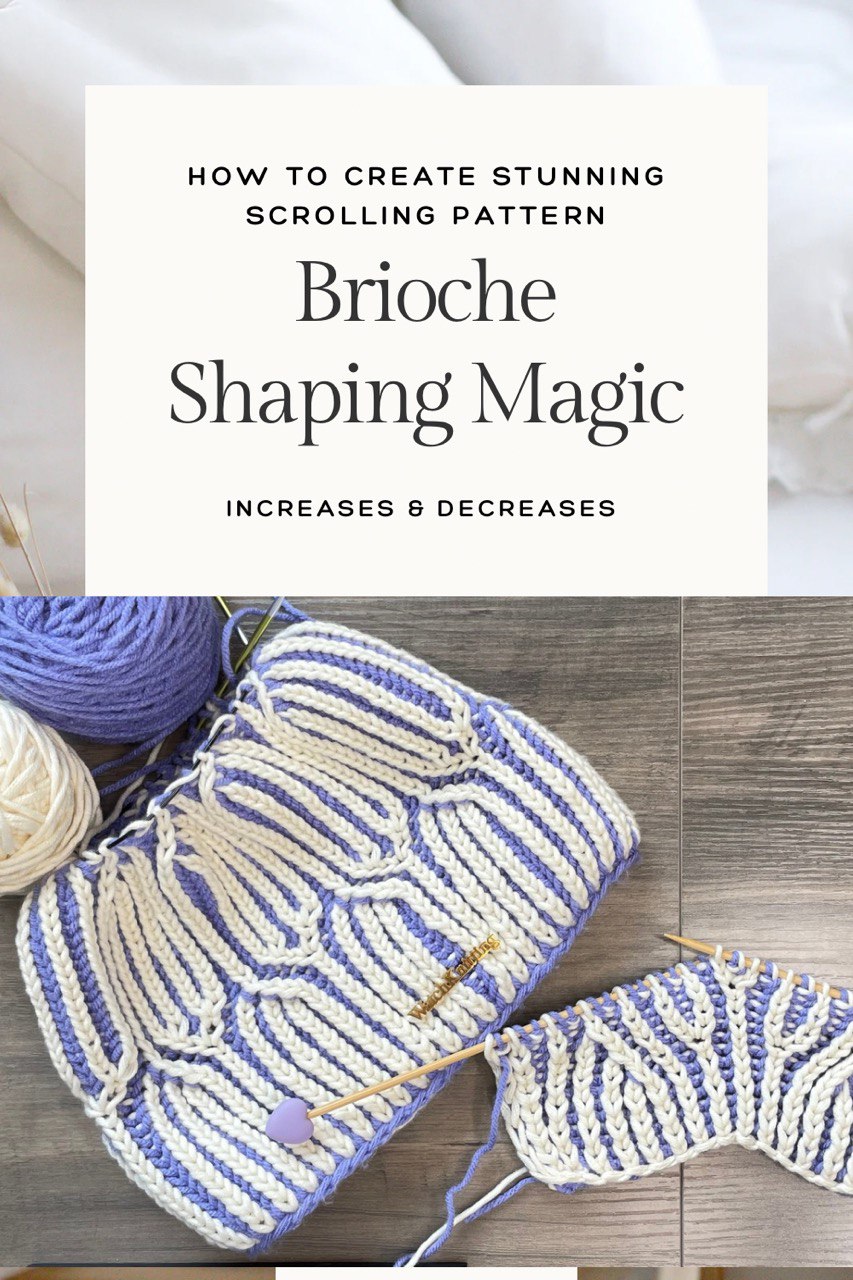
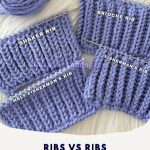
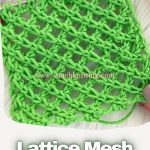
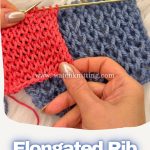
Leave a Reply